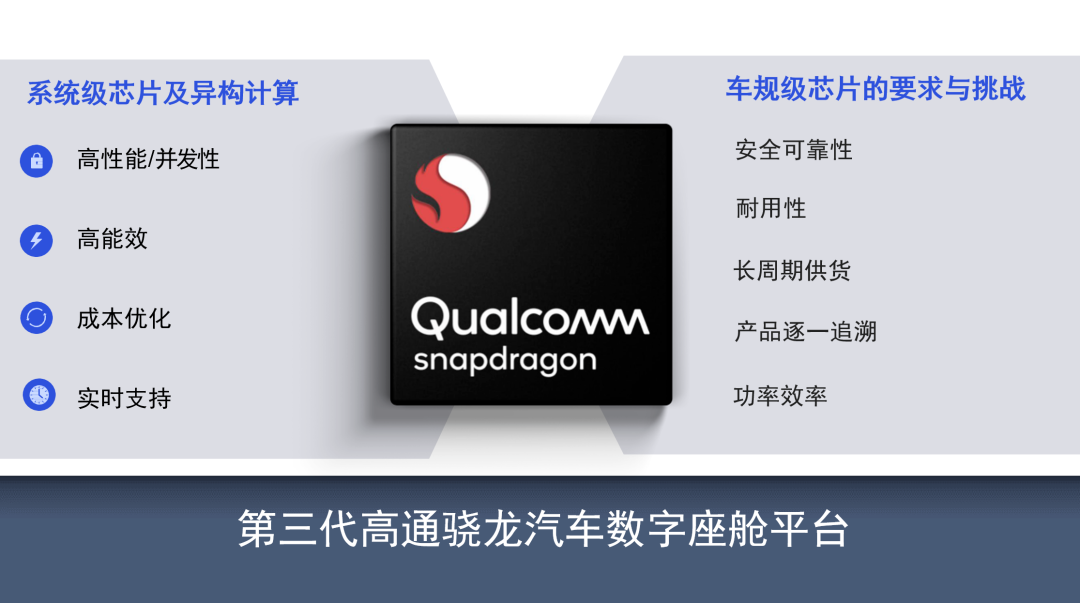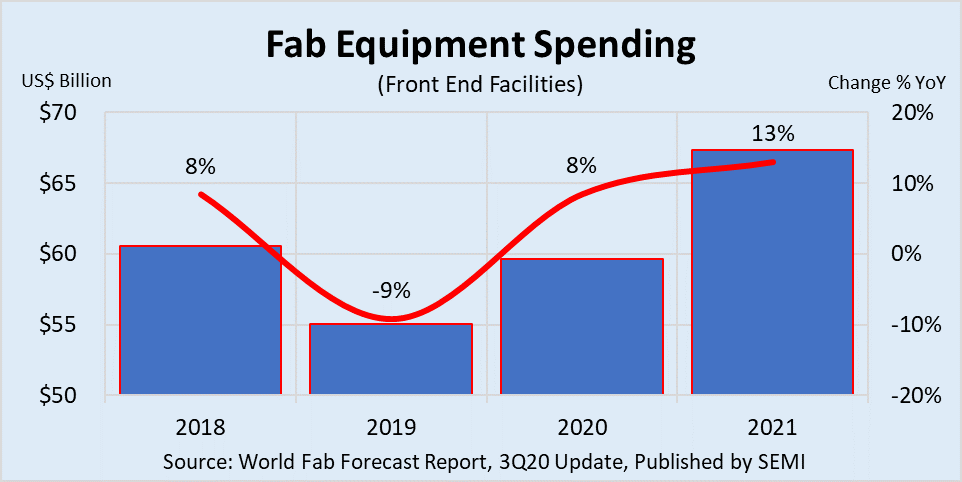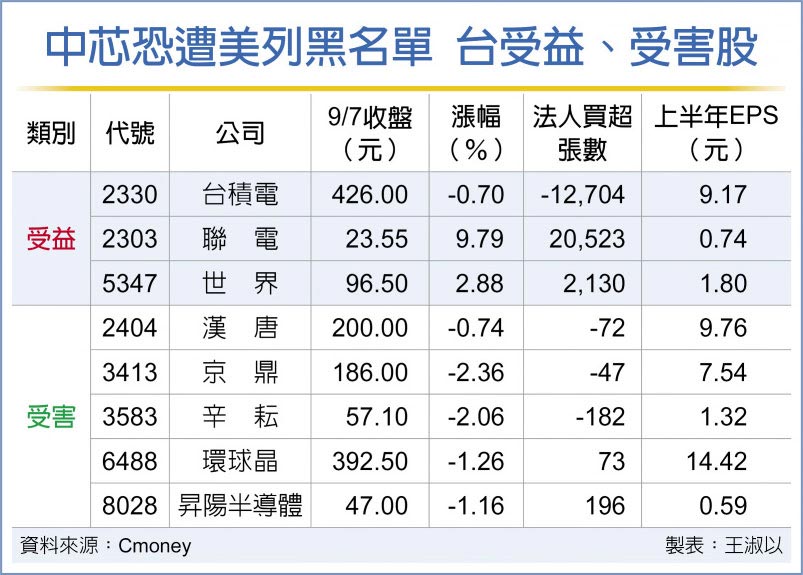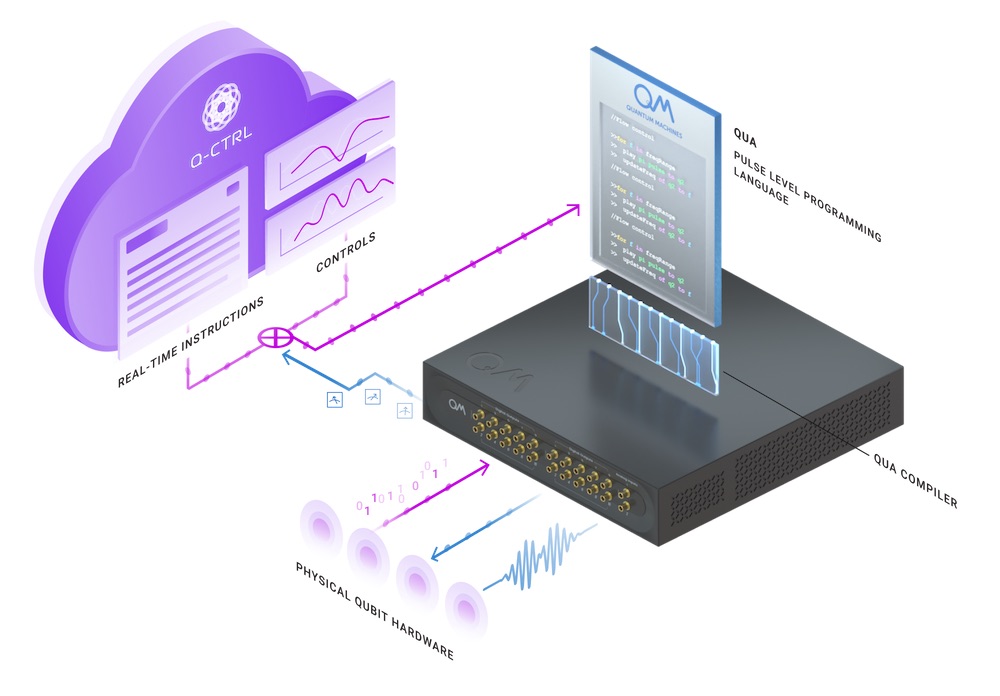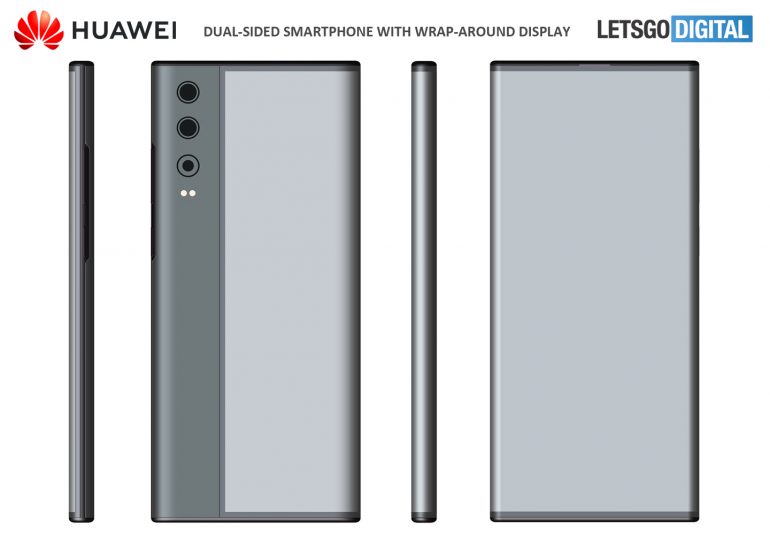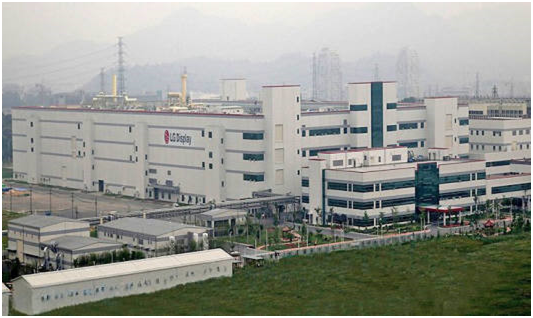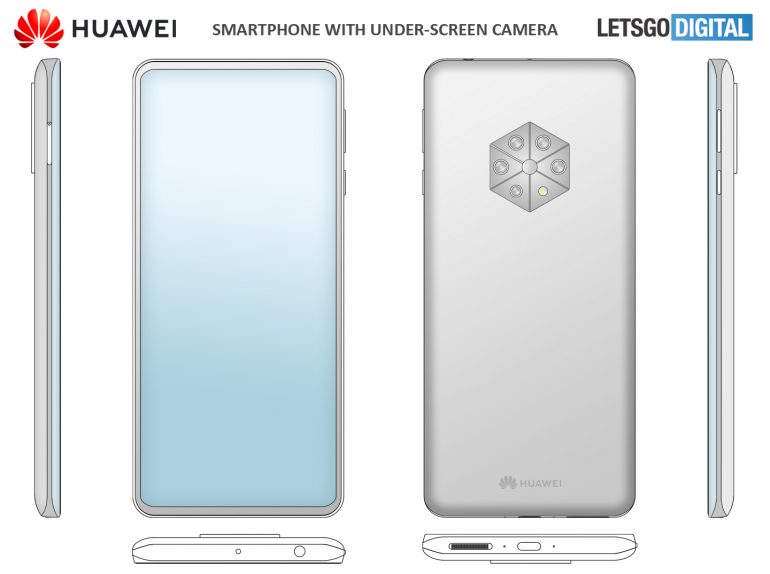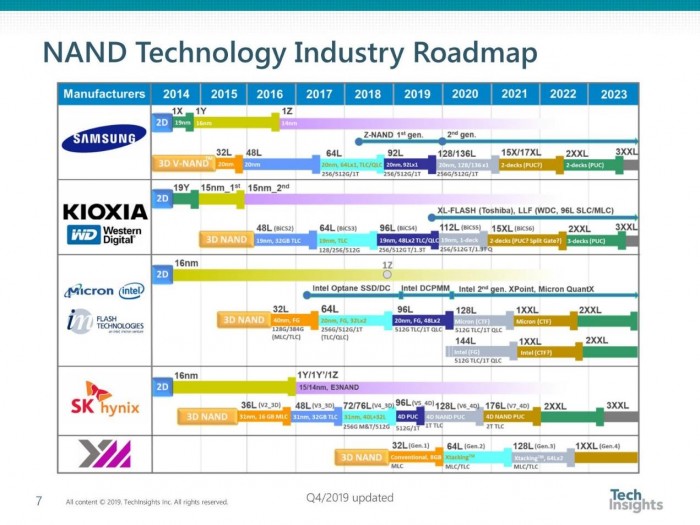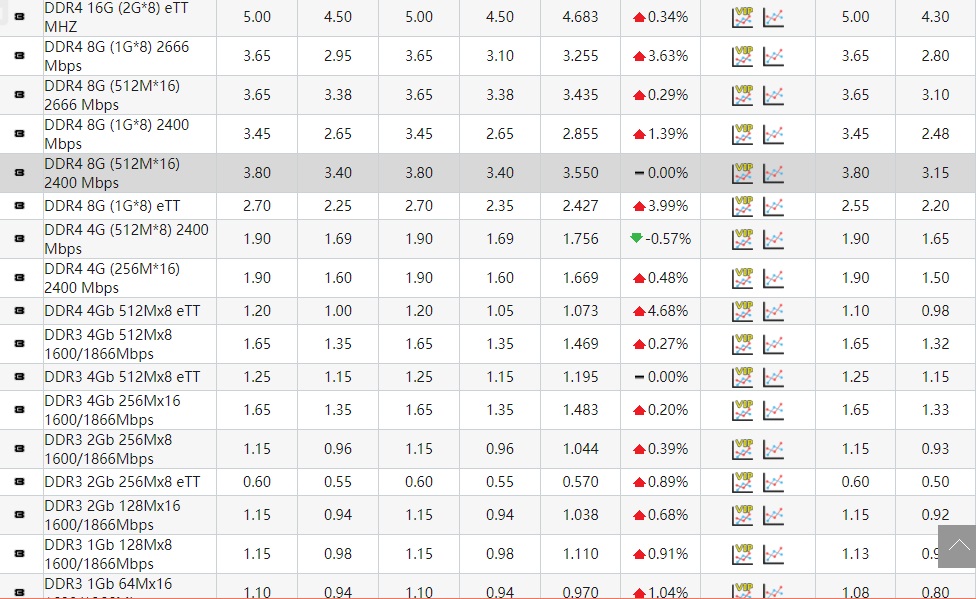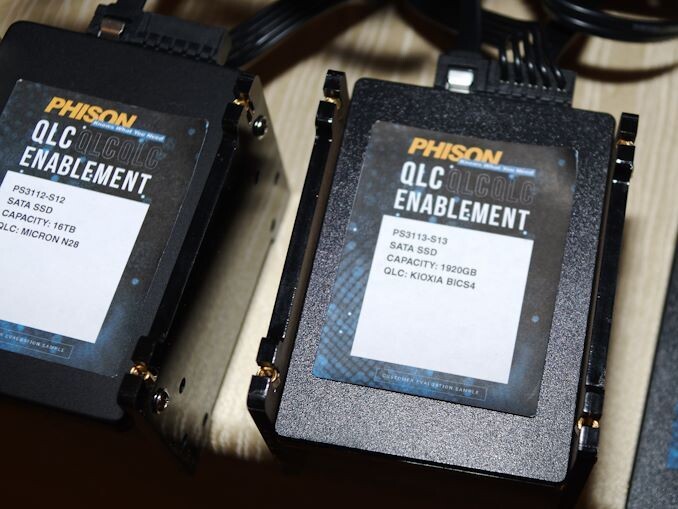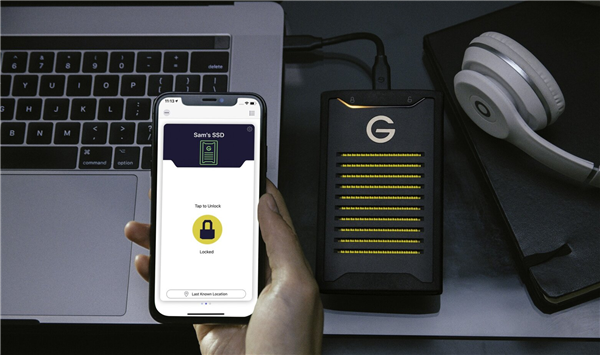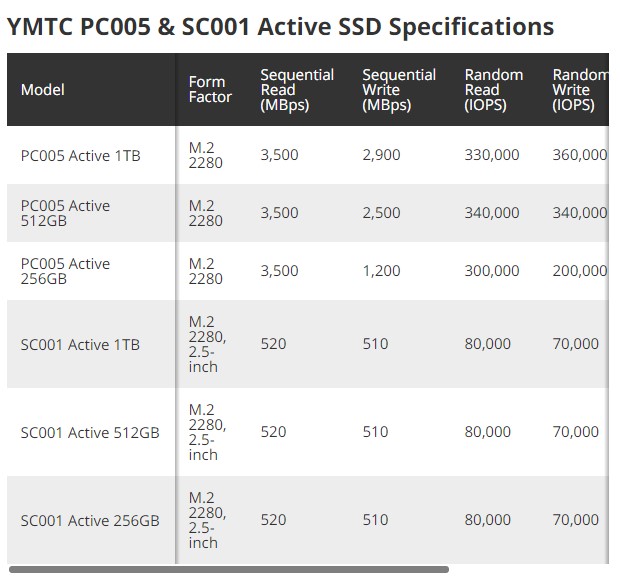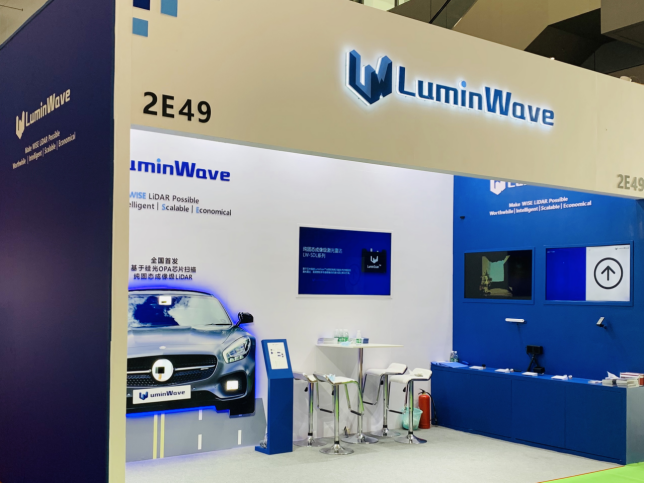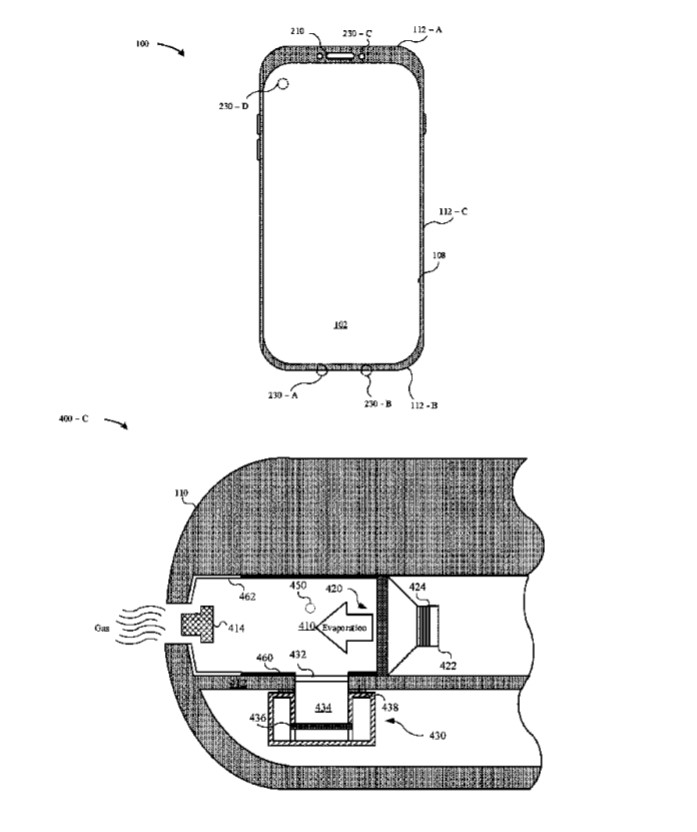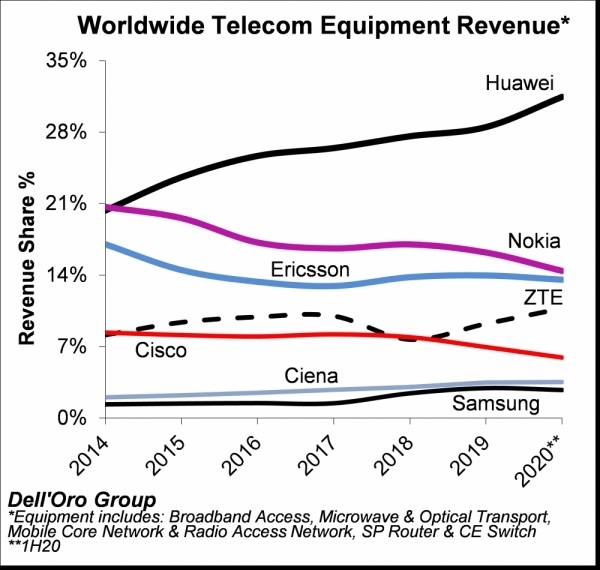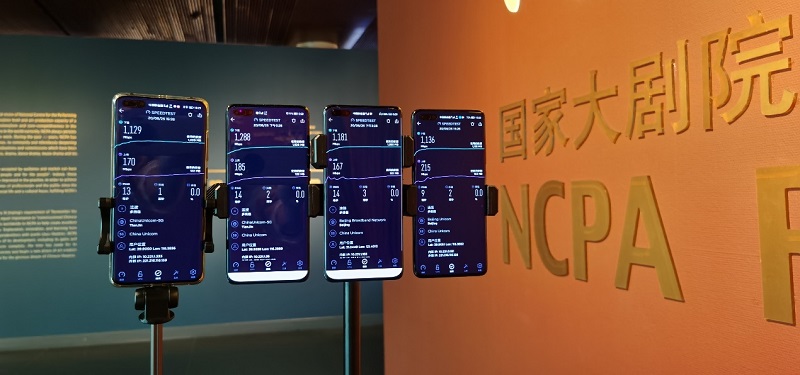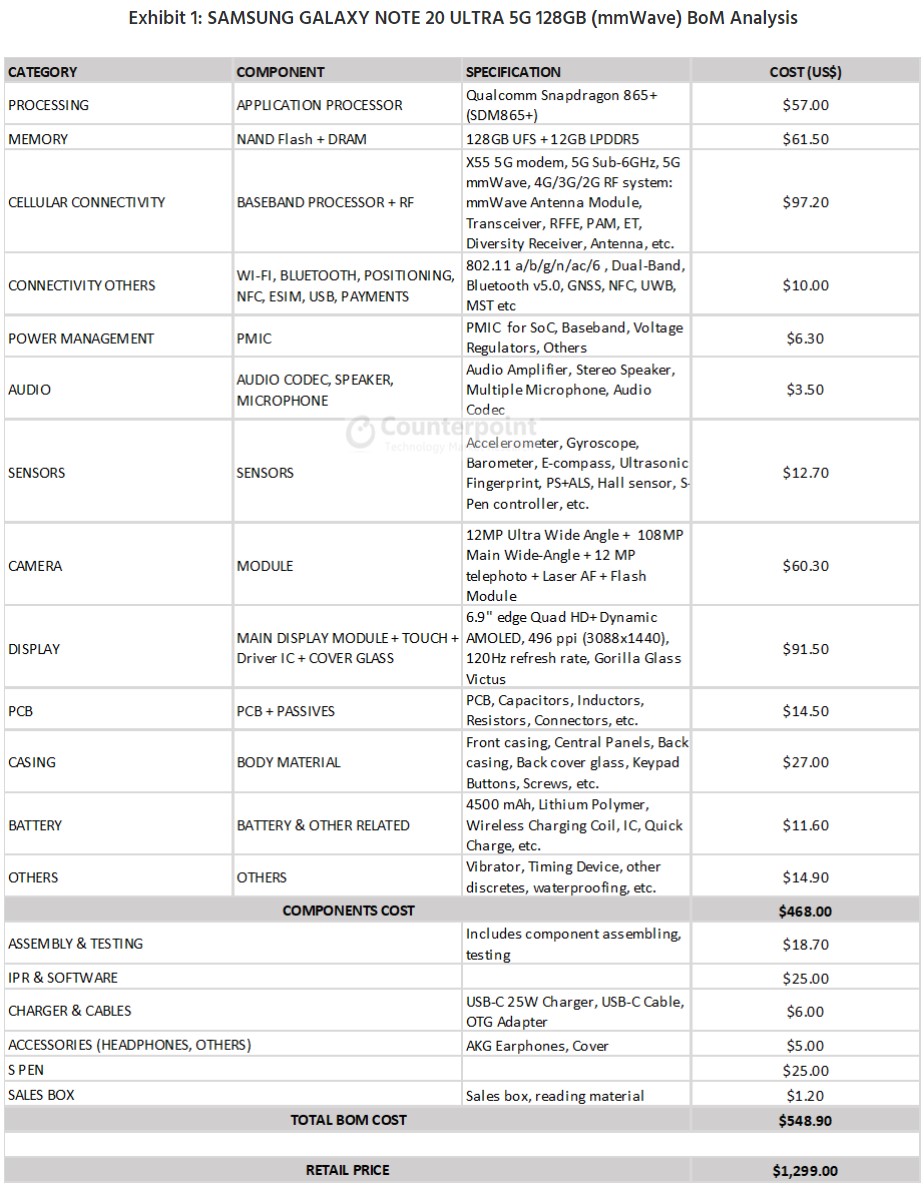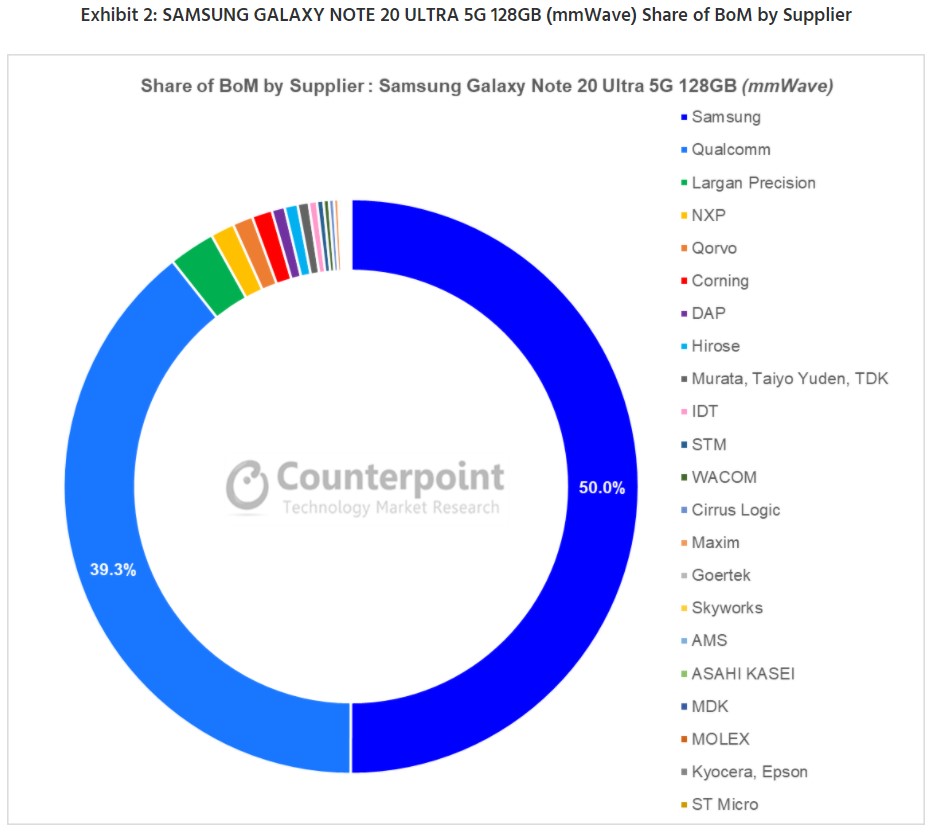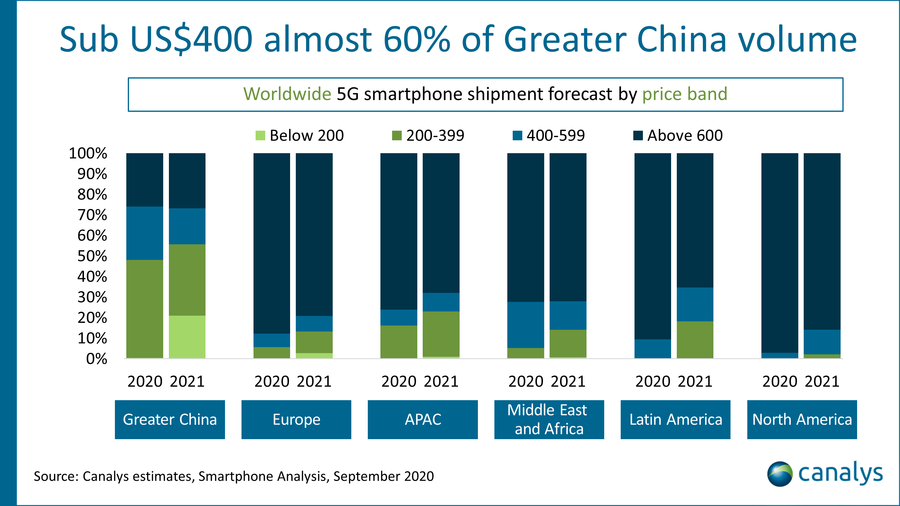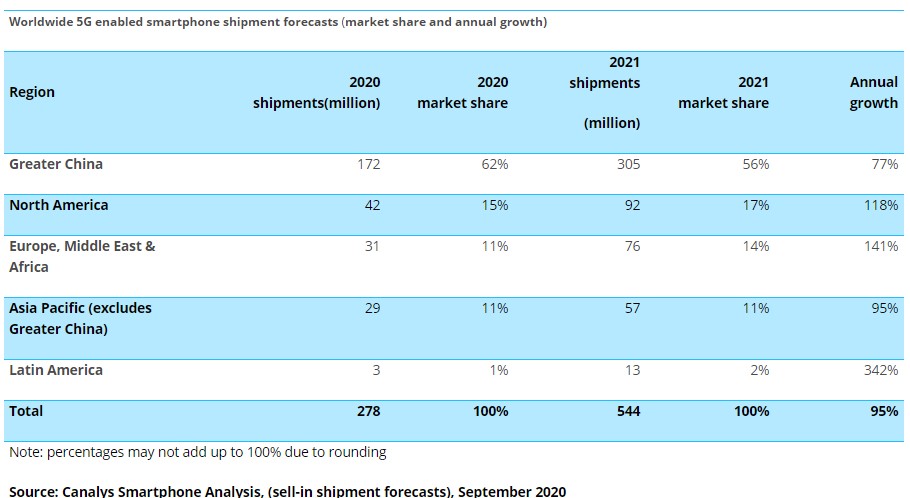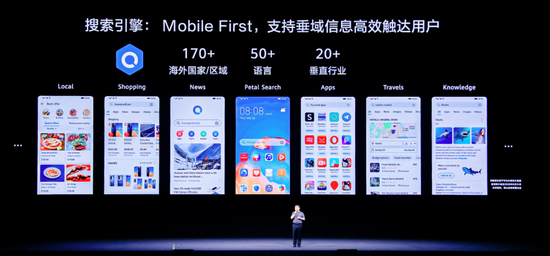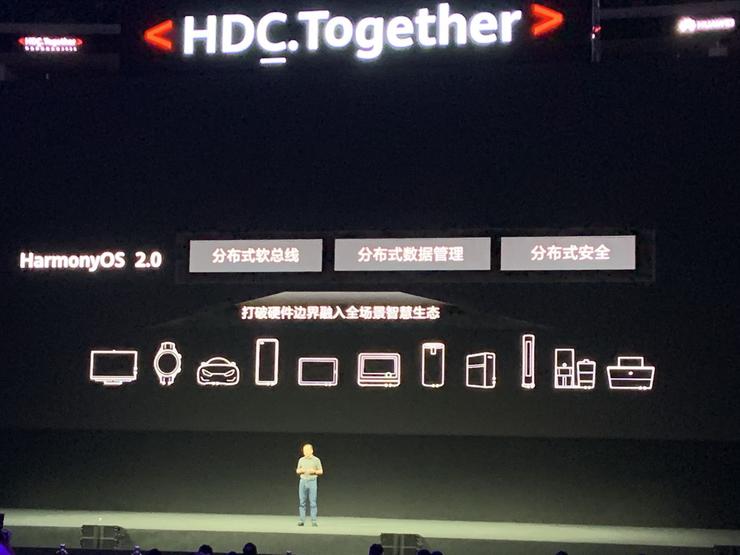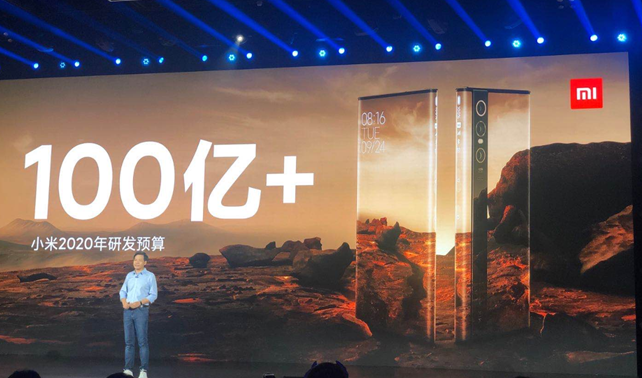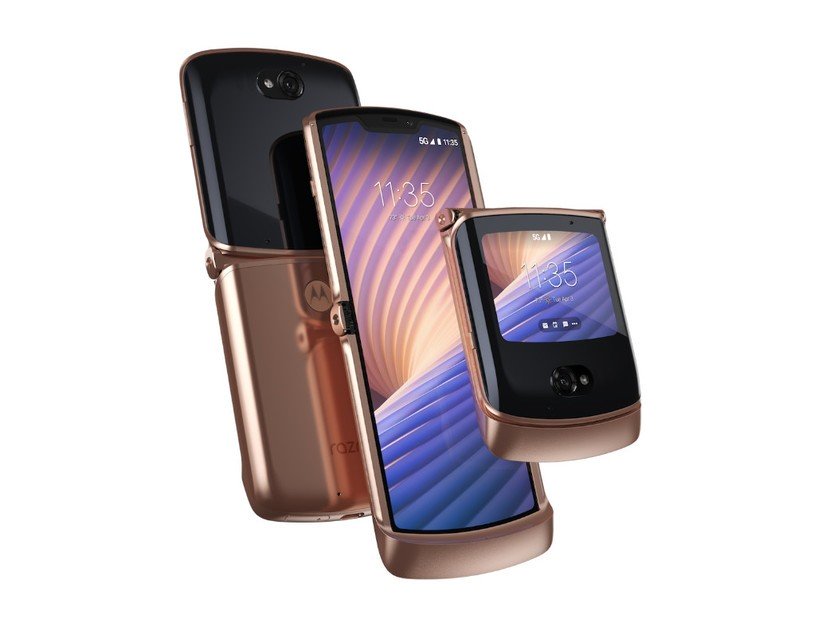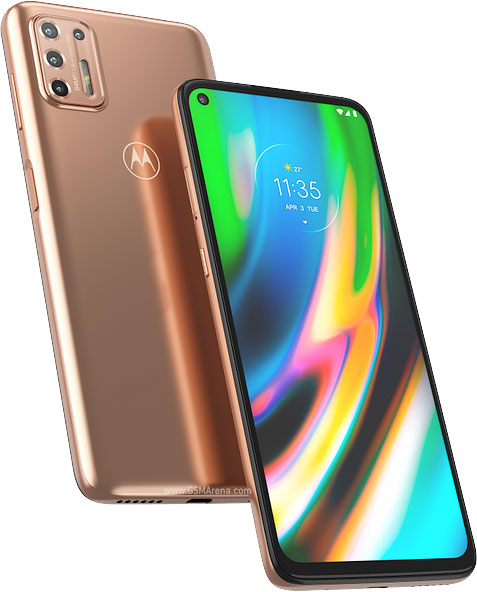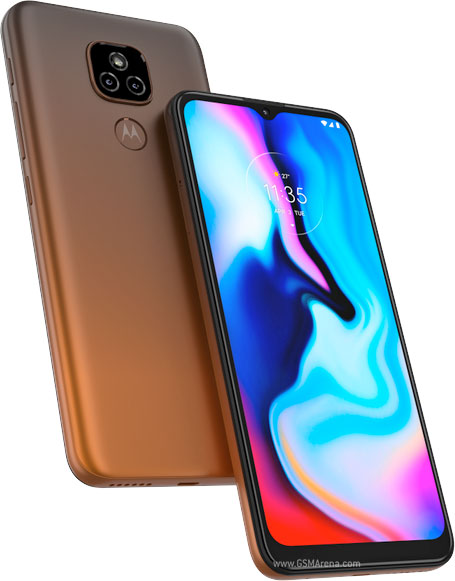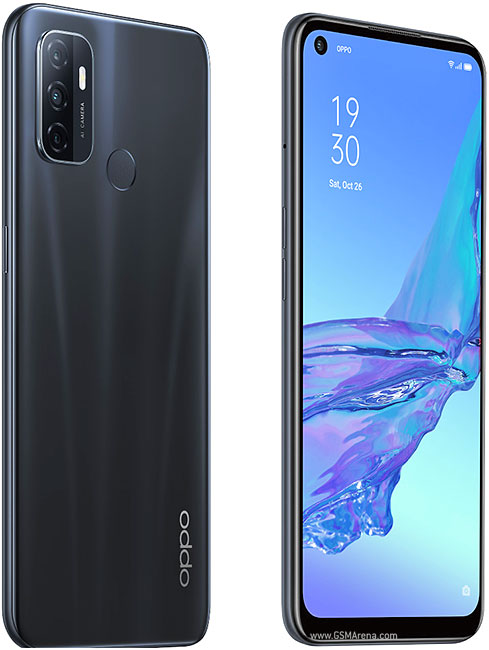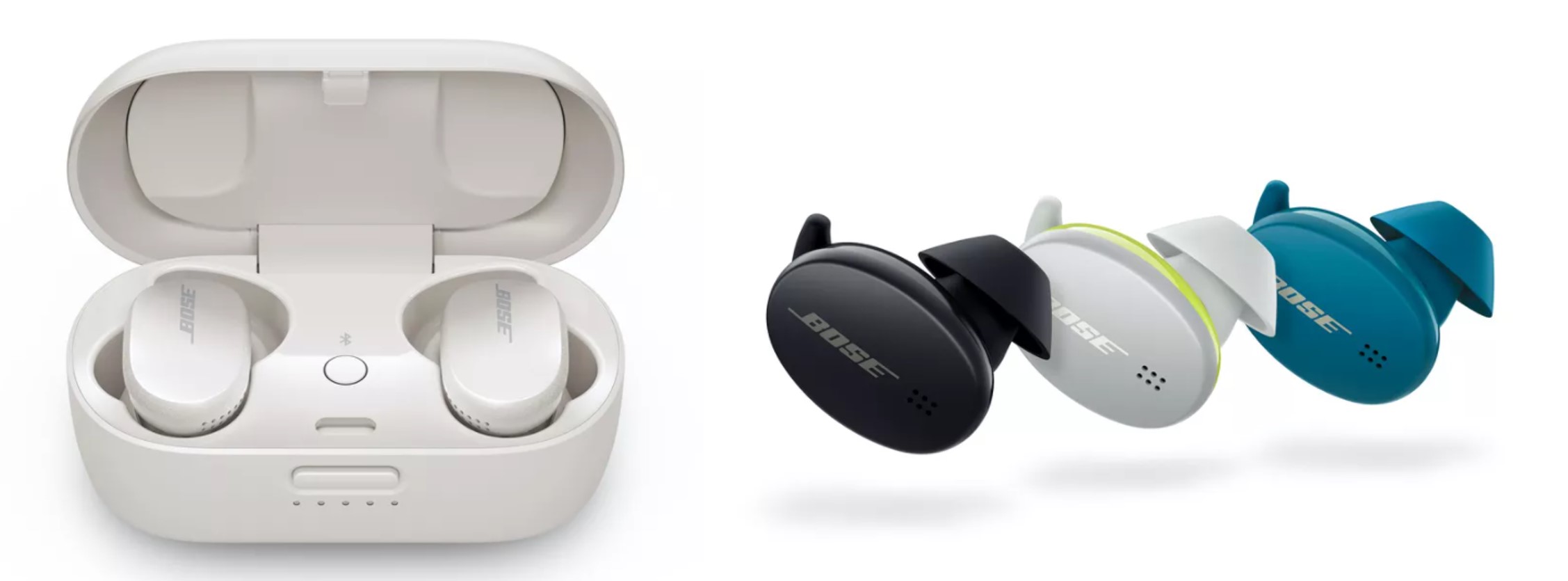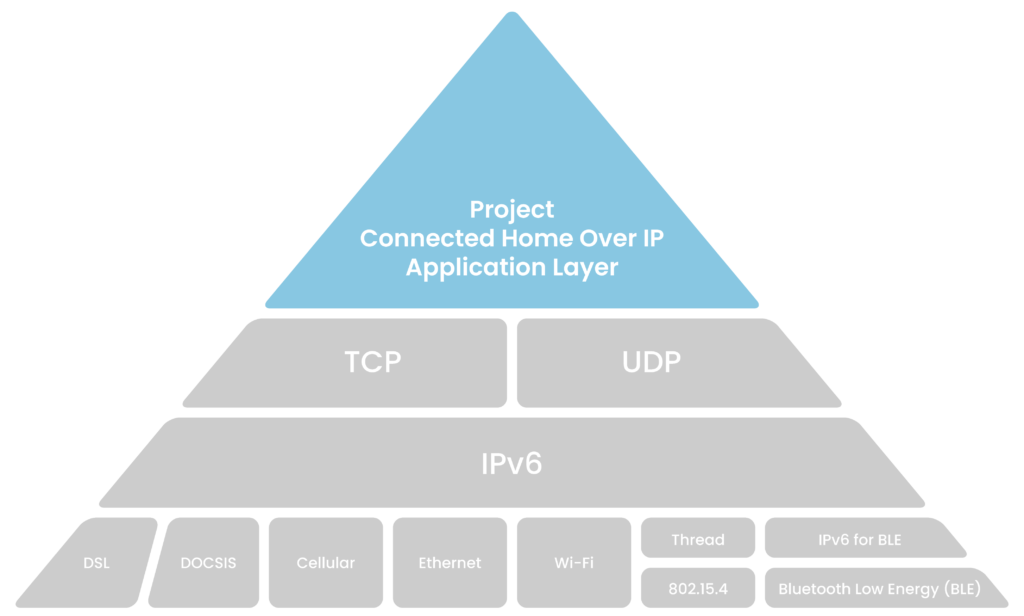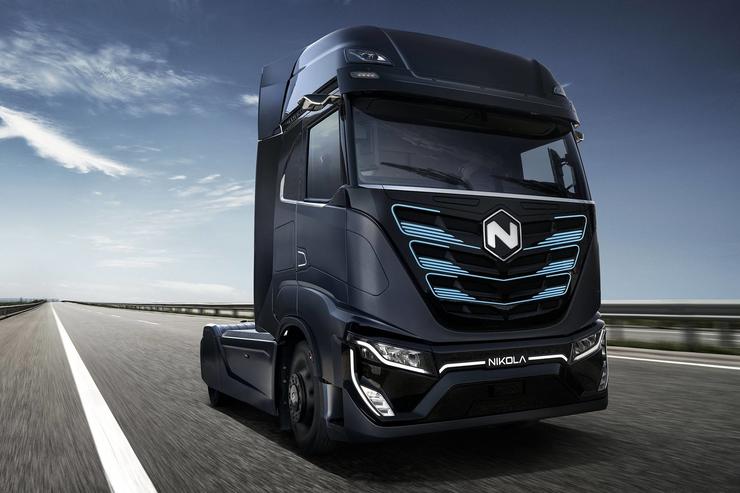
9-12 #AgeOld: LG and Samsung have allegedly decided to suspend the supply of “premium” smartphone displays to Huawei; Samsung Electronics and SK Hynix are allegedly to end all supplies of semiconductors to Huawei; Samsung Electronics and SK Hynix have made requests for an approval from the U.S. Department of Commerce; etc.
Apple will kick off its 5nm wafer starts at TSMC for its new Apple Silicon processors starting 4Q20, with monthly output estimated at 5,000-6,000 wafers, according to Digitimes. (Digitimes, CN Beta, Digitimes)
WM Motor and Qualcomm have announced a partnership to support the adoption of Qualcomm-powered automotive digital cockpit and 5G experience in future models of the Chinese EV maker. WM Motor will feature the third-generation Qualcomm Snapdragon Automotive Digital Cockpit platform and Qualcomm Snapdragon Automotive 5G platform in new production models from early 2021. (Laoyaoba, CN Techpost)
Soaring pandemic-inspired demand for chips that power everything from communications and IT infrastructures to personal computing, gaming and healthcare electronics will drive an 8% increase in global fab equipment spending in 2020 and a 13% increase in 2021, according to SEMI. (SEMI, Digitimes, press, Laoyaoba)
US Department of Defense allegedly intends to put SMIC in the trade blacklist. The supply chain has pointed out that UMC’s 3Q20 capacity utilization rate has remained at full capacity and labor prices fell in 2021. The price adjustment is brewing, and the price negotiation will happen in the near future, and the price is expected to be finalized at the end of 3Q20/4Q20. UMC has seen its fabs particularly 8” ones reach full capacity utilization, and is mulling raising its foundry quotes for 2021. (Digitimes, Apple Daily, China Times, CNYES)
Q-CTRL, a startup that applies the principles of control engineering to accelerate the development of quantum technology, and Quantum Machines, creator of the first complete hardware and software solution for the control and operation of quantum computers, have announced a global commercial partnership to integrate Q-CTRL’s firmware into Quantum Machines’ quantum hardware platform. (TechCrunch, Quantaneo, Silicon Angle)
LG and Samsung have allegedly decided to suspend the supply of “premium” smartphone displays to Huawei. The suspension is said to go into effect from 15 Sept 2020. BOE will likely need to pick up the slack. Huawei is testing displays from China local companies like Visionox, Tianma, and CSOT. (Android Authority, Chosun)
BOE Technologies have launched its latest intelligent dimming solutions that can control the rotation of dye molecules to change the transmittance under-voltage drive and offer continuous adjustment of light. The company adds that they have the effects of sound insulation, heat insulation, and UV protection, and are suitable for passenger car sunroofs. As for the side window, it can be well-integrated into the passenger car smart cockpit. (Gizmo China, IT Home)
Huawei has filed a new design patent with the China National Intellectual Property Administration (CNIPA), featuring a smartphone with an edge-to-edge display with minimal bezels on the front. However, the display will be wrapped around to the back of the device from the left side. On the right edge, it will sport both the power button and volume rocker. (Android Headlines, LetsGoDigital)
Apple is allegedly working on a foldable iPhone and is making steady progress. Apple has reportedly placed a large order with Samsung Display to provide samples for at least 1 year. (Gizmo China, Weibo, GizChina, Sina, IT Home)
LG Display (LGD) is expected to ship 1.43M OLED TV panels in 3Q20, opening the era of rolling out 1M OLED panels per quarter. LGD is planning to start to operate the Guangzhou plant at full throttle as early as September. The plant produces 48”, 55”, 65” and 77” panels. It can process up to 60K sheets of mother glass per month. (Laoyaoba, Business Korea)
Google’s former camera chief Marc Levoy thinks that high megapixel cameras are a bad idea, and defended Pixels using the same sensor for years. It is “due to the laws of physics” — the denser the megapixel count, the higher the signal-to-noise ratio. He is also skeptical of pixel binning, where a high-megapixel sensor combines multiple pixels to produce a lower-resolution shot. (Android Authority, The Verge, 9to5Google)
Huawei has recently patented a new smartphone with the CNIPA (China National Intellectual Property Administration), featuring a unique rear camera module. On the rear, a peta camera setup can be observed while the front features a front camera under display. (Gizmo China, LetsGoDigital, CN Beta)
Xiaomi’s camera under display (CuD) is reportedly entering mass production and commercialization in 1Q20, and there will be no flagship phones released by Xiaomi in 2020. Lu Weibing, general manager of the Redmi brand, said that Xiaomi’s third-generation under-screen camera technology solves 2 major problems in the industry: (1) whether the display in the hole area can be visually the same as other areas (pixel compensation); (2) the transmittance of the camera’s selfie and the color cast it causes. (GizChina, My Drivers, ChinaZ, Sina)
Samsung Electronics and SK Hynix are allegedly to end all supplies of semiconductors to Huawei beginning 16 Sept 2020. Huawei’s response to the global ban of semiconductor shipments has been to buy up as much inventory as possible ahead of sanctions, which are to go into full effect in mid-Sept 2020. (UPI, Android Authority)
Samsung Electronics and SK Hynix have made requests for an approval from the U.S. Department of Commerce regarding exportation of semiconductors to Huawei. It is heard that many other multinational corporations besides Samsung Electronics and SK Hynix that had supplied semiconductors to Huawei also made requests to the U.S. Department of Commerce as well. (Android Headlines, ET News)
Samsung’s 7th gen V-NAND flash memory chips will reportedly have a 176-layer configuration. Samsung is reportedly aiming for a 192-layer configuration. However, it has later settled on a lower number. Samsung will reportedly begin mass production of its next-gen V-NAND flash chips (also known as 3D NAND) in Apr 2021. Its 6th generation flash chips, which feature a 128-layer configuration, went into mass production in Jun 2019. (Android Headlines, The Bell)
Spot market prices for DRAM memory have rallied 10-15% so far in Sept 2020, according to Digitimes citing sources at memory module houses. Huawei’s aggressive chip purchases prior to new US sanctions against it have led to the spot price hikes. Micron has recently confirmed that it cannot continue to supply Huawei after 14 Sept 2020. (CN Beta, Digitimes, IT Home)
Silicon Motion and YMTC have jointly announced that its flash memory master controller has fully supported YMTC’s Xtacking 3D NAND flash memory, including the 128-layer QLC flash memory that is announced in April 2020. Silicon Motion’s full range of main control chips support YMTC Xtacking 3D NAND. (CN Beta, VVCar, Toms’ Hardware)
Phison announces the availability of the world’s first 15.36TB QLC customizable Enterprise SSD solution based on Phison’s S12DC controller. Phison provides its customers with industry-leading SSDs that are customized to their needs by leveraging Phison’s firmware, controller, PCBA design, and manufacturing. The company also offers manufacturing services, currently providing enterprise SATA drives featuring 1.92TB, 3.84TB, 7.68TB, and 15.36TB capacities. (CN Beta, Guru3D, TechRadar)
Western Digital’s 2TB ArmorLock encrypted NVMe SSD allows users to ditch complicated or easily compromised passwords without compromising security. The drive includes high-grade 255-bit AES-XTS hardware encryption and allows for a one-step erase and reformat to your preferred file system. (My Drivers, AnandTech, Apple Insider)
YMTC has launched the PC005 and SC001 Active lineup of SSDs under the new ZhiTai sub-brand. The SSDs leverage the company’s own 64-layer 3D NAND chips that are manufactured with the company’s proprietary Xtacking 3D NAND technology. (Laoyaoba, My Drivers, Tom’s Hardware)
LiDAR chip and module manufacturer LuminWave has showcased the first 200-line pure solid-state imaging-level LiDAR based on silicon optical OPA in China. The prototype is a pure solid-state solution with a self-developed silicon optical OPA chip without any moving components. The resolution is up to 200 lines, which is much higher than the current 16/32/64 line currently available on the market. (Laoyaoba, Geek Park)
Panasonic is supercharging its efforts at Tesla’s Gigafactory 1 with a major expansion of its operations, including investment in new infrastructure for making higher-capacity batteries with lower costs. The new line is expected to significantly boost capacity at the site, which is at 35 gigawatt hours per year prior to the expansion. Panasonic has been Tesla’s most important partner in that project, which, based on a recent agreement, should last until at least 2023. (CN Beta, TechCrunch, RGJ)
More Apple devices may gain the Apple Watch method of using speakers to push out unwanted water, and Apple is also researching the use of heat to evaporate moisture. Apple has probably always thought about water proofing, but in 2015 it was revealed to be researching using silicon seals iPhones to protect them. Yet Apple investigates many technologies and it was in 2016 that the Apple Watch Series 2 debuted with its water-ejection feature. The company is continuing its work on protecting devices from water with two new patents. (CN Beta, Apple Insider, USPTO)
Huawei is the world’s largest telecom equipment, both wired and wireless, vendor by a large margin in 1H20, according to Dell’Oro Group. The research firm combined shares for mobile core and radio access network, broadband access, microwave and optical transport, service provider router and customer edge switch. Huawei had a market share of 31% in 1H20, a rise from the 28% it had in 2019. Second place Nokia had market share of 14% in the same time period, a drop from 16% of a year prior. (The Elec, Gizmo China)
Huawei and China Unicom have jointly verified the first 5G indoor distributed Massive MIMO technology in the industry. The technology innovatively integrates Massive MIMO into digital indoor systems, pushing both the technological and environment limits of incumbent 5G distributed digital equipment. The test result showed that the technology delivers a peak rate of up to 4.7Gbps for cells with 100MHz bandwidth. (CN Beta, Huawei, Telecom Lead)
Counterpoint Research has published a breakdown of the Bill of Materials (BoM) for Samsung Galaxy Note20 Ultra 5G, which totals just below USD550, component costs make up about USD468 of that. The rest of the cost goes to assembly and testing, accessories and everything else. The retail price is USD1,300 (before discounts and trade-ins). (GSM Arena, Counterpoint Research)
Canalys projects global 5G smartphone shipments will reach nearly 280M units in 2020, with 62% of these in Greater China, followed by North America and EMEA. Overall smartphone volumes are projected to decline 10.7% in 2020 compared with 2019, while a rebound of 9.9% is expected in 2021, with the market to exceed 1.3B units. (CN Beta, GSM Arena, Canalys)
Huawei consumer business CEO Richard Yu has announced the 2nd version of its HarmonyOS operating system and detailed plans to bring it to a wider range of devices, including smartphones. Huawei has made a beta version of the HarmonyOS 2.0 SDK available to developers, though it will initially only support smartwatches, car head units, and TVs. A smartphone version of the SDK will follow in Dec 2020, and he has hinted that phones running HarmonyOS might appear in 2021. (The Verge, Liliputing, GSM Arena, CN Beta)
Zhang Pingan, President of Huawei Consumer Business Cloud Services has announced the official release of Huawei’s search engine, Petal Search. Petal Search is developed by Huawei. But the search content mainly comes from third-party partners, including Qwant, the largest search engine in Europe, and Yandex, the largest search engine in Russia. (GizChina, My Drivers, CN Beta)
Huawei’s consumer business software department, Wang Chenglu has revealed that there are more than 20 product categories and a total of 12M third-party products that support the Hongmeng OS. Furthermore, he believes that in one year, hundreds of millions of devices should not be over-estimating. (GizChina, IT Home, Sohu)
Lei Jun, Chairman and CEO of Xiaomi, has revealed that Xiaomi’s 2020 R&D budget exceeds CNY10B. In Lei Jun’s view, the biggest difference between Xiaomi and traditional hardware companies is the introduction of the Internet model, but he has also emphasized that Xiaomi still needs to go deep into the manufacturing industry. He has also said that in the next 10 years, Xiaomi’s core strategy will be upgraded to “mobile phone × AIoT”. He has also emphasized that in the future, we must continue to adhere to the “three iron rules” that Xiaomi will never change, namely: technology-oriented, cost-effectiveness as the key, and the coolest products. (My Drivers, IT Home, Sina)
Motorola RAZR 5G is announced – 6.2” 876×2142 Foldable P-OLED + 2.7” 600×800 External G-OLED, Qualcomm Snapdragon 765G, rear 48MP OIS + front 20MP, 8+256GB, Android 10.0, rear fingerprint scanner, 2800mAh 18W, USD1,399. (Android Central, GSM Arena)
Moto G9 Plus is announced in Brazil – 6.81” 1080×2400 FHD+ HiD, Qualcomm Snapdragon 730G, rear quad 64MP-8MP ultrawide-2MP macro-2MP depth + front 16MP, 4+128GB, Android 10.0, side fingerprint scanner, 5000mAh 30W, BRL2,499 (USD470). (GSM Arena, Motorola)
Moto E7 Plus is announced in Brazil – 6.5” 720×1600 HD+ v-notch, Qualcomm Snapdragon 460, rear dual 48MP-2MP depth + front 8MP, 4+64GB, Android 10.0, rear fingerprint scanner, 5000mAh 10W, BRL1,349 (USD255). (GSM Arena, Motorola)
OPPO A32 (rebranded A53) is launched in China – 6.517” 720×1600 HD+ v-notch 90Hz, Qualcomm Snapdragon 460, rear tri 13MP-2MP macro-2MP depth + front 16MP, 4+128 / 8+128GB, Android 10.0, rear fingerprint scanner, 5000mAh 18W, CNY1,199 (USD175) / CNY1,499 (USD220). (GSM Arena, OPPO)
Huawei Watch GT Pro is announced in Europe – 1.39” 454×454 circular AMOLED, Kirin A1, heart-rate monitoring, a blood oxygen saturation (SpO2) sensor, over 100 workout modes, and 5 ATM water resistance. Sports version is priced at EUR329 (USD392) and Classic model is priced at EUR349 (USD415). (Android Authority, The Verge)
Huawei FreeBuds Pro is announced featuring active noise cancellation for blocking out ambient noise. Its hybrid noise cancellation technology includes inward and outward facing microphones that is said to reduce noise by up to 40dB. The earphones are said to have a battery life of up to 7 hours on one charge (up to 4.5 hours with ANC), and up to 30 hours in total from the case. It is priced at EUR199 (USD236). (Engadget, NDTV, Huawei)
Bose has officially launched two new pairs of truly wireless earbuds — Bose QuietComfort Earbuds (USD279) and Bose Sport Earbuds (USD179). QuietComfort comes with StayHear Max tip design featuring interchangeable silicone tips. Each earbud features multiple microphones for active noise canceling. It also supports adjustable noise control with 11 levels of noise control. Both models are IPX4 certified and come with Bluetooth 5.1 for connectivity. (Android Headlines, Bose, CN Beta, Pocket-Lint, The Verge)
Bose has launched 3 new Frames audio-packing sunglasses Tempo, Tenor and Soprano, each priced at USD250. Tempo – They are designed for outdoor activities, and are durable, flexible, and lightweight. They are scratch and shatter proof, and sweat and weather resistant too. They are expected to last 8 hours on a single charge. Tenor / Soprano – They differ only in the shape of their frames, and are designed for everyday use. They provide better bass than their predecessors. They can last 5.5 hours on a single charge. (Pocket-Lint, Neowin, Bose, Bose)
Project Connected Home over IP — the attempt to bring together Amazon, Apple, Google, and the Zigbee Alliance with a unified, open-source smart home platform —has announced (in the first major update since the standard is revealed) that work on the project is still ongoing, and it is targeting a 2021 release, along with the first clear idea of what devices the standard is aiming to work with. The project is still on track to provide a “draft specification” for the new standard by the end of 2020, with a full launch set for 2021. (CN Beta, The Verge, Apple Insider)
Nikola and General Motors (GM) have announced a strategic partnership. Through the deal, GM gets 11% ownership in startup Nikola, and will, in turn, produce Nikola’s wild fuel cell pickup truck by the end of 2022. The deal nets GM a USD2B stake in Nikola. (CN Beta, The Verge, GM, TechCrunch)
Uber is committing to becoming a fully zero-emission platform by 2040 and setting aside USD800M to help get its drivers using electric vehicles by 2025. The company has said that it would invest further in its micromobility options as well with the goal of having 100% of its rides take place on electric vehicles in the U.S., Canada and European cities in which the company operates. Uber has also said it would commit to reaching net-zero emissions from its own corporate operations by 2030. (VentureBeat, TechCrunch)
Huawei’s consumer business CEO Richard Yu has revealed that Huawei HiCar now supports over 20 car manufacturers.Furthermore, HiCar is currently active in about 150 cars and it targets 5M cars by 2021. (CN Beta, Gasgoo, GizChina)

